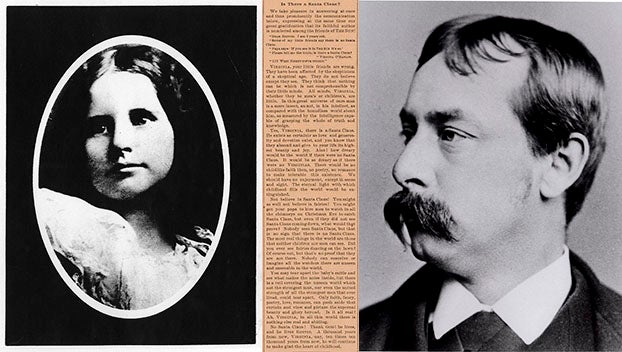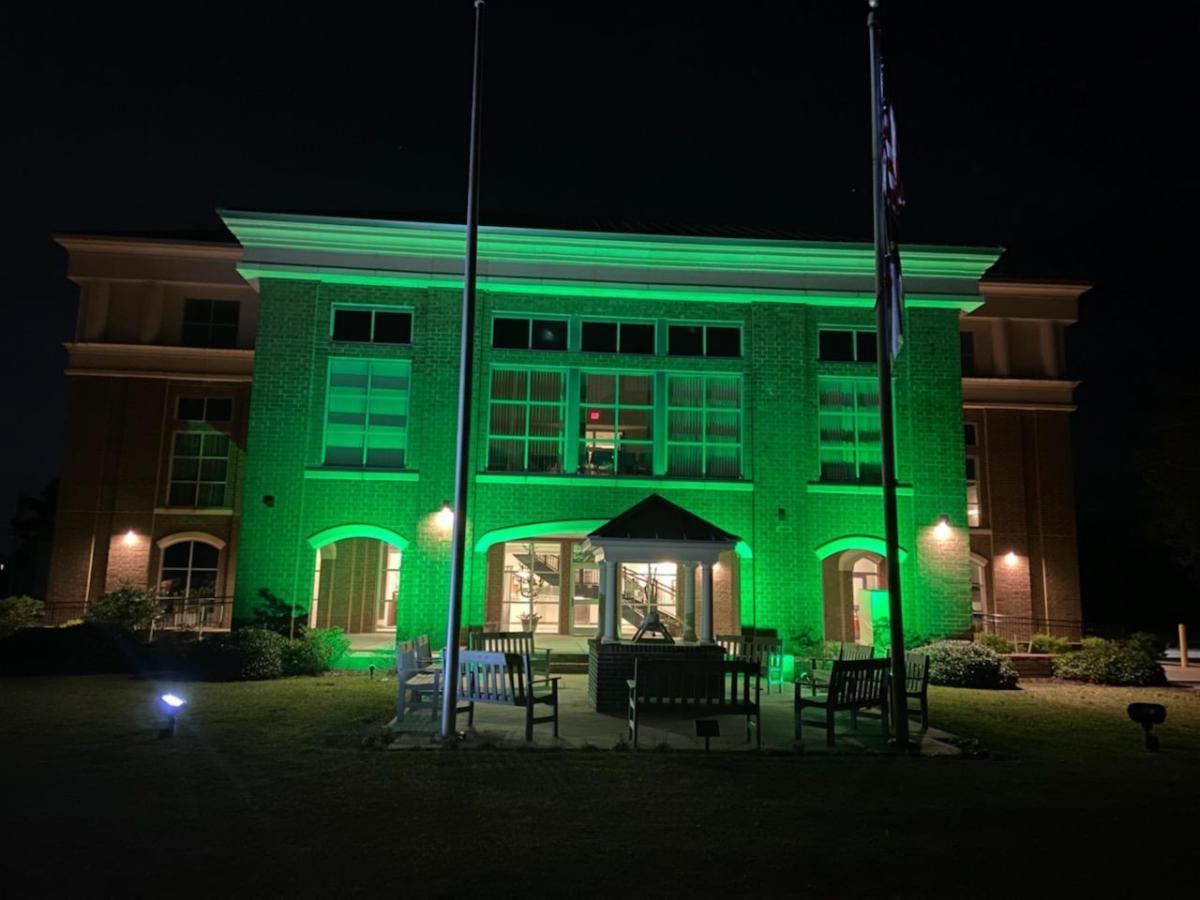Stop the confusion
Published 5:20 pm Thursday, August 18, 2016

- TALKING IT OUT: Beaufort County Board of Elections officials (board members from left) John Tate, Tom Payne and Chairman Jay McRoy and Kellie Harris Hopkins (elections director) discuss adding hours to the county’s early voting period. (Mike Voss/Daily News)
The 2016 election year, to say the least, continues to be an interesting one. If possible, forget about Donald Trump’s journey to become the Republican Party’s presidential nominee, and, if possible forget about Hillary Clinton becoming the first female presidential nominee of a major political party.
Let’s focus on voting-related issues in North Carolina, and there are several. The most-visible voting-related issue is that of voter IDs. During the March 15 primary season, voters were required to show proper identification at the polls. That requirement has its roots in legislation approved by the North Carolina General Assembly and signed into law by Gov. Pat McCrory in 2013. That law also made other major changes to the state’s voting procedures.
Those changes have been the target of several lawsuits, some ongoing, and court rulings. The most-recent court ruling came July 29, when a three-member panel of the U.S. Court of Appeals for the Fourth Circuit (based in Richmond, Virginia) struck down photo ID requirements and other election procedures that became law in 2013, including shortening of the early voting period from 17 days to 10 days and eliminating same-day registration. The panel said the law was passed with “racially discriminatory intent.” In overturning the law, the panel eliminated the requirement that counties have the same number of early voting hours as they did in the 2012 presidential race. Counties have until Friday to decide how many hours will be in their early voting schedules.
Since the election-related laws were changed by the legislature three years ago, the resulting lawsuits and court rulings (so far) have confused North Carolina voters. One week, the changes are valid. The next week, the changes are not valid. How are voters to know what’s required of them at the polls or what they can or cannot do at the polls?
Last week, the Beaufort County Board of Elections added 66 hours (all at the board’s office in Washington) to the early voting schedule it approved in June. The board was concerned that changing the schedule for the last 10 days of the early voting period would confuse voters.
“This has been the strangest election year in the 18 years I’ve been doing this,” Hopkins said last week, noting the various court decisions related to the state’s voting laws handed down in recent months.
The county’s elections board did the right thing in adding hours to the early voting period and avoiding voter confusion by not changing the schedule for the last 10 days of the early voting period, which was approved and made public in June.
North Carolina’s elected officials, boards of elections and state and federal courts in their rulings should be encouraging voters to mark ballots and making it as easy as possible for them to do so, not confusing voters. Confused voters may decide to stay away from the polls.
That should not happen. It would not be a good thing for the electoral process.




